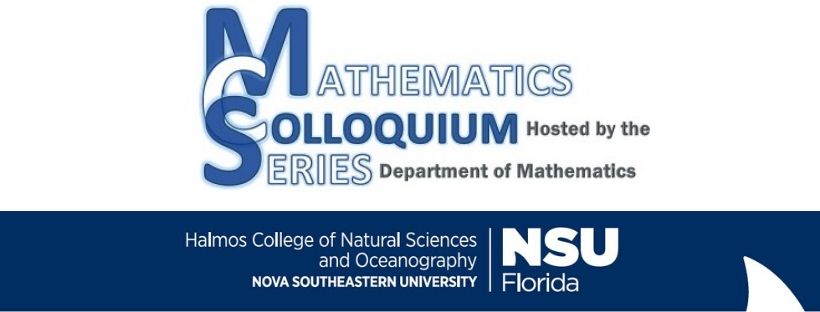Description
Lung cancer has the second highest cancer incidence, second only to prostate cancer in men and breast cancer in women. Furthermore, more cancer deaths are attributable to lung cancer than any other cancer for both genders. There is a high public health need for effective secondary prevention in the form of early detection and early treatment, complementary to smoking cessation efforts. The U.S. National Lung Screening Trial (NLST) demonstrated that non-small cell lung cancer (NSCLC) mortality can be reduced by 20% through a program of annual CT screening in high-risk individuals. However, CT screening regimens and adherence vary, potentially impacting the lung cancer mortality benefit. The mortality benefit attributable to a program of CT screening is largely determined by the natural history of lung cancer progression. Tumor doubling times and the maximum tumor size at which a NSCLC would be curable by early detection (cure threshold) are key factors. In this talk, I will address novel statistical methodology used to estimate parameters governing a stochastic model of the natural history of lung cancer. We estimate the median tumor size at cure threshold among the most aggressive NSCLCs to be between 10-15 mm. We demonstrate consistency of our model with tumor size and stage data from distinct lung screening trials, namely, the Mayo Lung Project, the Mayo CT study and the NLST, in addition to data from SEER, the national cancer registry and highlight key differences between men and women. The majority of NSCLCs in the NLST were treated at tumor sizes greater than our median cure threshold estimates, consistent with the modest 20% mortality reduction attributable to CT screening observed in the NLST. These results highlight the strong need for novel classification technology that can better distinguish and treat the most aggressive NSCLCs when they are small (i.e. 5-15mm). This talk will also discuss the model’s consistency with the recently announced European NELSON lung screening trial results (October 2018). I will also discuss how novel DNA sequencing technologies may be incorporated into a lung screening regimen in order to improve outcomes.
Date of Event
February 12, 2019
Location
Parker Room 301
Included in
Mathematical Modeling of Lung Cancer Screening Studies
Parker Room 301
Lung cancer has the second highest cancer incidence, second only to prostate cancer in men and breast cancer in women. Furthermore, more cancer deaths are attributable to lung cancer than any other cancer for both genders. There is a high public health need for effective secondary prevention in the form of early detection and early treatment, complementary to smoking cessation efforts. The U.S. National Lung Screening Trial (NLST) demonstrated that non-small cell lung cancer (NSCLC) mortality can be reduced by 20% through a program of annual CT screening in high-risk individuals. However, CT screening regimens and adherence vary, potentially impacting the lung cancer mortality benefit. The mortality benefit attributable to a program of CT screening is largely determined by the natural history of lung cancer progression. Tumor doubling times and the maximum tumor size at which a NSCLC would be curable by early detection (cure threshold) are key factors. In this talk, I will address novel statistical methodology used to estimate parameters governing a stochastic model of the natural history of lung cancer. We estimate the median tumor size at cure threshold among the most aggressive NSCLCs to be between 10-15 mm. We demonstrate consistency of our model with tumor size and stage data from distinct lung screening trials, namely, the Mayo Lung Project, the Mayo CT study and the NLST, in addition to data from SEER, the national cancer registry and highlight key differences between men and women. The majority of NSCLCs in the NLST were treated at tumor sizes greater than our median cure threshold estimates, consistent with the modest 20% mortality reduction attributable to CT screening observed in the NLST. These results highlight the strong need for novel classification technology that can better distinguish and treat the most aggressive NSCLCs when they are small (i.e. 5-15mm). This talk will also discuss the model’s consistency with the recently announced European NELSON lung screening trial results (October 2018). I will also discuss how novel DNA sequencing technologies may be incorporated into a lung screening regimen in order to improve outcomes.


